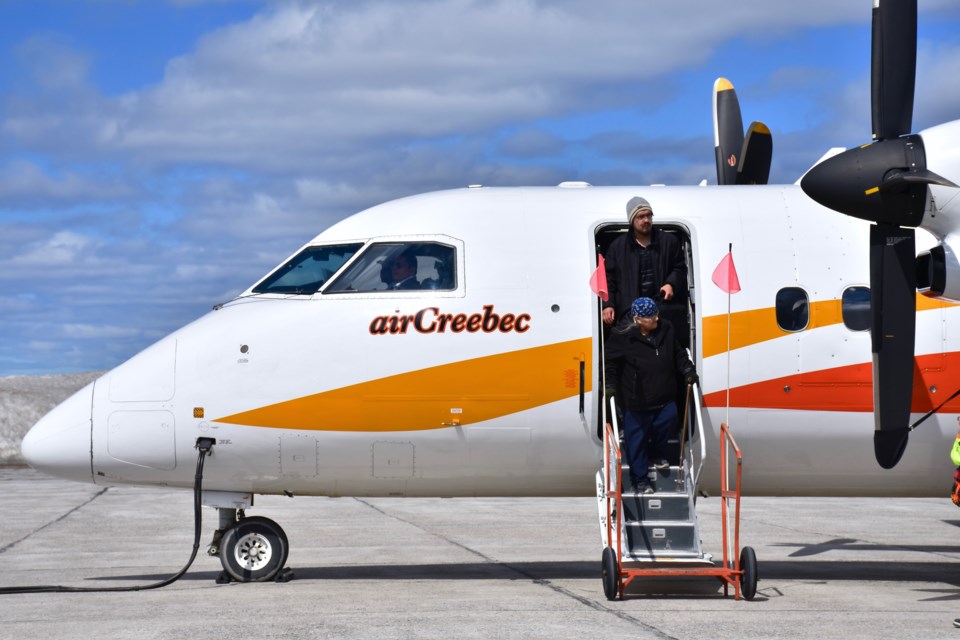Residents of Kashechewan First Nation are facing a difficult situation this year due to both the annual spring flooding and the risk of being exposed to the COVID-19 pandemic.
For the past 17 years, about 2,000 residents of Kashechewan, located near James Bay, have been evacuated to cities like Timmins and Kapuskasing to avoid the flooding caused by ice breakups.
However, this year many residents are wary of relocating to southern communities where there is a risk of being potentially exposed to COVID-19 and where resources are “stretched to the max,” said Mushkegowuk-James Bay MPP Guy Bourgouin.
"It's sad to see this government, federal and provincial, have not shared their plan and are not more prepared for this than the last minute," he said. "We all knew this was coming, we've seen it for 17 years now."
Instead this year, about 1,200 residents are relocating to their traditional hunting territories, according to Timmins-James Bay MP Charlie Angus. Residents will be flown out by two helicopters with the help of The Red Cross organization, said Angus.
The federal government has also provided supplies such as tents, sleeping bags, propane and food to help people wait out the flood on the higher ground, he said.
The rest of the residents, comprised of the elderly, people with health issues or those who don’t want to live off the land, will stay in Kashechewan.
Angus is concerned there is no plan regarding those residents who are going to stay in the community.
“The issue is these people aren’t healthy enough to go on the land or who have to stay in the community like the essential service workers. But if the flood comes up very fast, there may have to be a quick evacuation and I don’t know what that plan looks like yet," he said.
Bourgouin said residents were told they could be evacuated to universities, college dorms or hotel rooms in some of the southern communities but the plans are not certain yet.
“When you do last-minute planning like this, it’s very scary and it can degenerate very quickly," he said.
"That’s very scary when you think about this. What does it mean for safety? How many people (will be) beyond the land, how many people per group? Is there any communication if something happened?" he said. "What if they run out of food, what if they have difficulty finding food?”
In March, Kashechewan Chief Leo Friday wrote to Prime Minister Justin Trudeau asking for help with relocation and construction of an evacuation camp on Site 5. He asked for 400 tents, firewood, water and food supplies as well as shower and washroom tents.
Site 5 is located about 30 kilometres south of the floodplain. It is also a land where residents are supposed to eventually relocate, according to the agreement signed between the Kashechewan First Nation and the federal and provincial governments.
“I think the reality is that year after year the government waits till the last minute to address the crisis in Kash. And year after year, people are put into risk,” Angus said. “And this year we’ve been hit by the double threat of both the flood and the COVID. And people are being asked to assume a lot of risk on this.”
“We need a new community, so we don’t have to do this."



